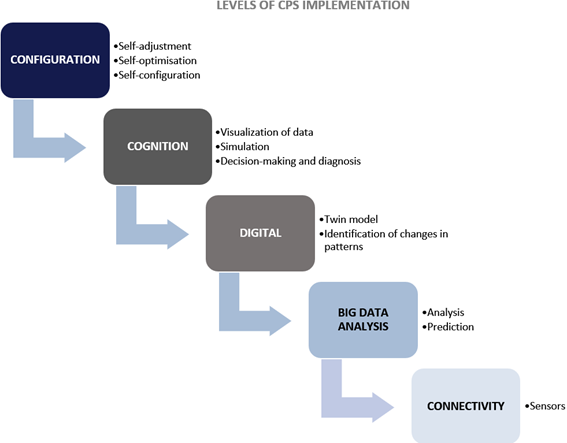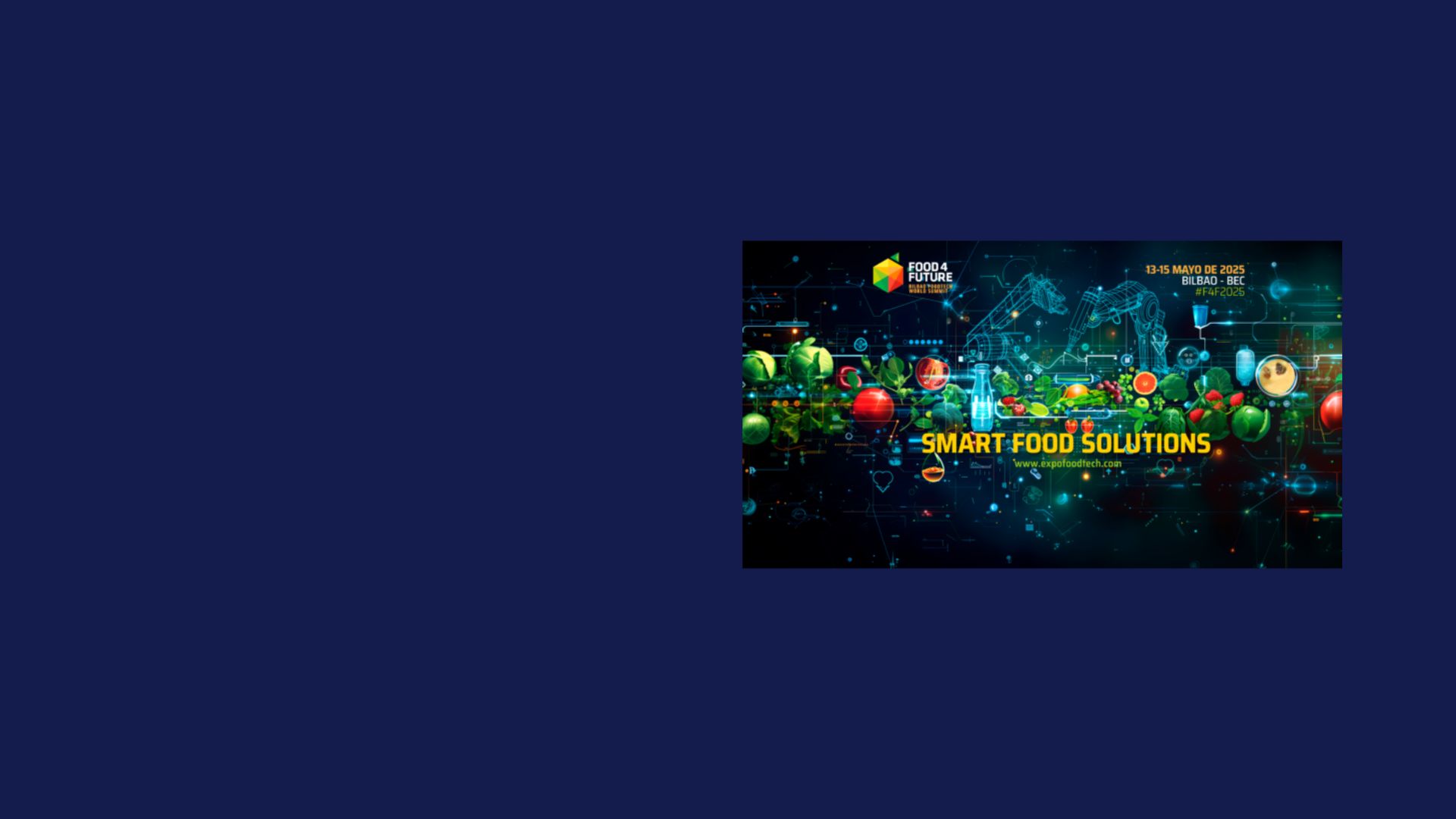Turn your factory into a smart factory system with new 5.0 technologies for reducing energy consumption and saving energy costs should be your main priority.
In “Smart energy building and building automation” we explained what building automation is, why it will be increasingly implemented in our buildings and the benefits it offers. In this post we will give you more information about which devices are the most commonly used, the applicability of this technology in the transformation of a factory into a smart building (called, in this case, smart factory), and we will offer some hints about why it is crucial that the industrial sector be part of this transformation.
Do you need to know more about smart energy building and building automation, before reading on?
What is a smart factory?
As we have already pinpointed in several of our posts, the functioning of Industry 4.0 is based on the ability to create a network. This consists of the human and material resources that are part of the different production levels and its purpose is to manage a business globally thanks to the employment of IoT, industrial big data and automation.
Cyber-physical systems (CPS) help us to achieve this goal. These are physical objects that take advantage of communicative, collaborative, physical and computational processes to create their own virtual representation in cyberspace. By working in coordination, this digital model can monitor and control the physical part, while the latter sends data to feed the virtual representation in real time.
According to the essay “Smart Factory Systems” (published in Informatik Spektrum), the effective and combined utilisation of CPS and other Industry 4.0 systems turn a factory into a smart factory.
Smart factory iot
Consequently, it is possible to state that it is not feasible to achieve the maximum level of interconnection between the components of the production process without the contribution of smart factory IoT. This is because it facilitates the gathering and processing of big data obtained through sensors to generate that integration of the physical and virtual worlds.
As we have mentioned in several of our articles, the analysis of this data through intelligent algorithms provides with considerable knowledge of the industrial plant, which allows its devices and processes to be optimised (by improving its efficiency, agility, and adaptability). In particular, the installation of smart machines (those that obtain real-time data from their components) lead to a greater self-awareness and self-comparison.
Self-awareness refers to the ability of smart machines to self-assess their performance and self-diagnose faults that may be causing a decrease in efficiency. This property is essential to be able to carry out a predictive kind of maintenance.
Self-comparison, on the other hand, is based on the usage of smart factory IoT to share and compare information on the operation of similar machines in order to change their settings.
This ensures that the production line is adaptable enough as to meet the specific requirements for each item while maintaining the desired quality.
How to implement a smart factory system?
Turning a traditional industry into a smart factory, notwithstanding, is not just about applying smart factory IoT and installing smart machines. Industrial activity is a complex reality, so it is necessary to plan which aspects are to be optimised, know what resources (material and human) will be devoted to each of them and predict the challenges that the company will face when this transformation be put into motion.
Essential technology for a smart factory
Firstly, let’s review which are the most common smart factory systems to turn a factory into a smart factory.
- Sensors. These are devices that comprise a probe, a filter and an amplifier and whose purpose is to measure static characteristics (those that do not change or change very slowly) or dynamic ones (such as response speed). Depending on the type of output signal, we can distinguish between analogue, digital and all-or-nothing sensors and, depending on the magnitude we want to measure, we can install: Smoke sensors: they use an alarm to warn of the presence of smoke and heat; Gas sensors: to warn of potentially dangerous gas leaks such as methane, butane or CO; Presence sensors: such as infrared barriers or magnetic detectors. They have different applications: Switching lighting systems on and off; Activation of security systems; Activation of extractors, water pumps, etc; Detection of glass breakages; Window sensors; Moisture sensors: in the event of water leakage, these sensors alert the system to prevent damage or even floods. Moisture sensors can also detect conductive, non-flammable liquids. Temperature sensors: as their name suggests, they measure temperatures and, in some cases, they include actuators that control it effectively. Light sensors: they measure the light’s intensity and they share this information with automation systems. Others: wind sensors, rain sensors, radio frequency receivers, etc.
- Cloud services. These act as a nexus for the smart factory’s components, including those applications that are hosted in online workspaces. They make the system more flexible and save costs (maintenance of the local servers, qualified personnel, etc.), but it exposes the factory to cyberattacks and other risks associated with the Internet.
- Automatons. We have already dedicated a specific article to automatons, but, as a reminder, we can summarise them by saying that they are the ones responsible for the accomplishment of highly repetitive tasks or high-precision assignments. They can also serve as a tool for the human team to reduce health and safety risks.
- Augmented reality. In many areas of industrial activity, augmented reality can help the workforce to improve their organisation or to obtain information from processes/devices much more quickly, clearly and interactively.
- Big data and IoT. As we have already mentioned, they are the basis of any smart factory and their applications and advantages are transversal with respect to all levels of business activity.
Smart factory systems’ implementation strategy
We now know which technological tools could help us face the transition towards a smart factory. However, this transformation is not only about using the right tools, but also about analysing their implementation and creating a plan that suit the needs of each organisation.
Consequently, the first step is to identify the company’s opportunities for improvement in order to set SMART targets. If this first step is avoided, it is still possible to optimise the factory’s operation, but it is very likely that it will fall short of the executive’s aspirations and that many resources will be wasted.
Secondly, an interdisciplinary team must be created to lead the transformation process. As we have been repeating in our last posts, it is not possible to make progress in the modernisation of a company if it is not accompanied by a change of mindset (both on the part of the workforce and on the executive’s).
Subsequently, we must resort to the smart factory systems that adapt to the established goals. We will now provide a diagram illustrating the levels of implementation of CPS and some of the attributes that can be included in each of them.

Finally, the results must be assessed and, in accordance with these, changes and improvements that contribute to the achievement of the selected targets are proposed. In other words, the process starts again to ensure that the plan is always in line with the factory’s current situation.
Benefits of industrial automation for a smart factory
Throughout this article we have already mentioned and explained the vast majority of these benefits: flexibility, resource optimisation, detailed knowledge of the production process, etc. Nevertheless, it should be kept in mind that industry and construction are two of the main pillars of European climate action, so, sooner or later, all factories will have to start their journey towards Industry 4.0 and become involved in the fight against climate change.
In fact, the European Commission has proposed that as of 2030 all new buildings should be emission-free and that all new public buildings be zero-emission already from 2027. Consequently, they will be obliged to consume as little energy as possible, they will not be allowed to emit carbon derived from the utilisation of fossil fuels, they will have to use renewable energies and they will have to indicate in their Energy Efficiency Certificate what their contribution to global warming is according to their expected life cycle emissions. Furthermore, those that be among the 15% worst performing buildings in each country will be obligatorily renovated to achieve, as a minimum, an F certificate.
Likewise, the National Buildings Renovation Plans will be fully integrated into each country’s National Energy and Climate Plans, so that they will have to provide their strategy to stop resorting to fossil fuels in air conditioning and heating systems by 2040. In addition, this proposal suggests allowing countries to ban all usages of fossil fuels in buildings. Finally, it also encourages owners and public bodies to adopt industrial automation tools and ICT to boost the building’s efficiency and safety.
Therefore, the industrial sector’s future in the next decade will imply the combination of business activity with a strong environmental commitment. If we want to achieve this, the best thing to do, apart from applying the systems we have described in this article, is to follow these ISO standards.
- ISO 52000-1. This is an overarching standard that can be used for both new and existing buildings in order to judge a building’s energy expenditure. This standard is extremely interesting, as it considers its application’s real potential in different scenarios.
- ISO 52003-1. Establishes the relationship between the energy performance of buildings (EPB) indicators, EPB requirements and energy performance classifications.
- ISO 52010-1. Its contribution is explaining the process of converting climatic data for its application in the study of the building components’ performance such as façades, windows, solar panels, etc.
- ISO 52016-1. This standard sets out the calculations needed to assess different factors, such as the energy necessary to cool or heat a building, a building’s internal temperature or the design latent heat load or sensible cooling or heating load. In addition, it also includes specific instructions on how to assess the building’s thermal zones.
- ISO 52018-1. This deals with the indicators related to the building’s thermal balance. This depends both on the cooling and heating needs and on the varying temperatures inside the rooms.
Will you prepare for change? Discover how to implement a smart factory systems in your industry thanks to “Gradhoc”.



